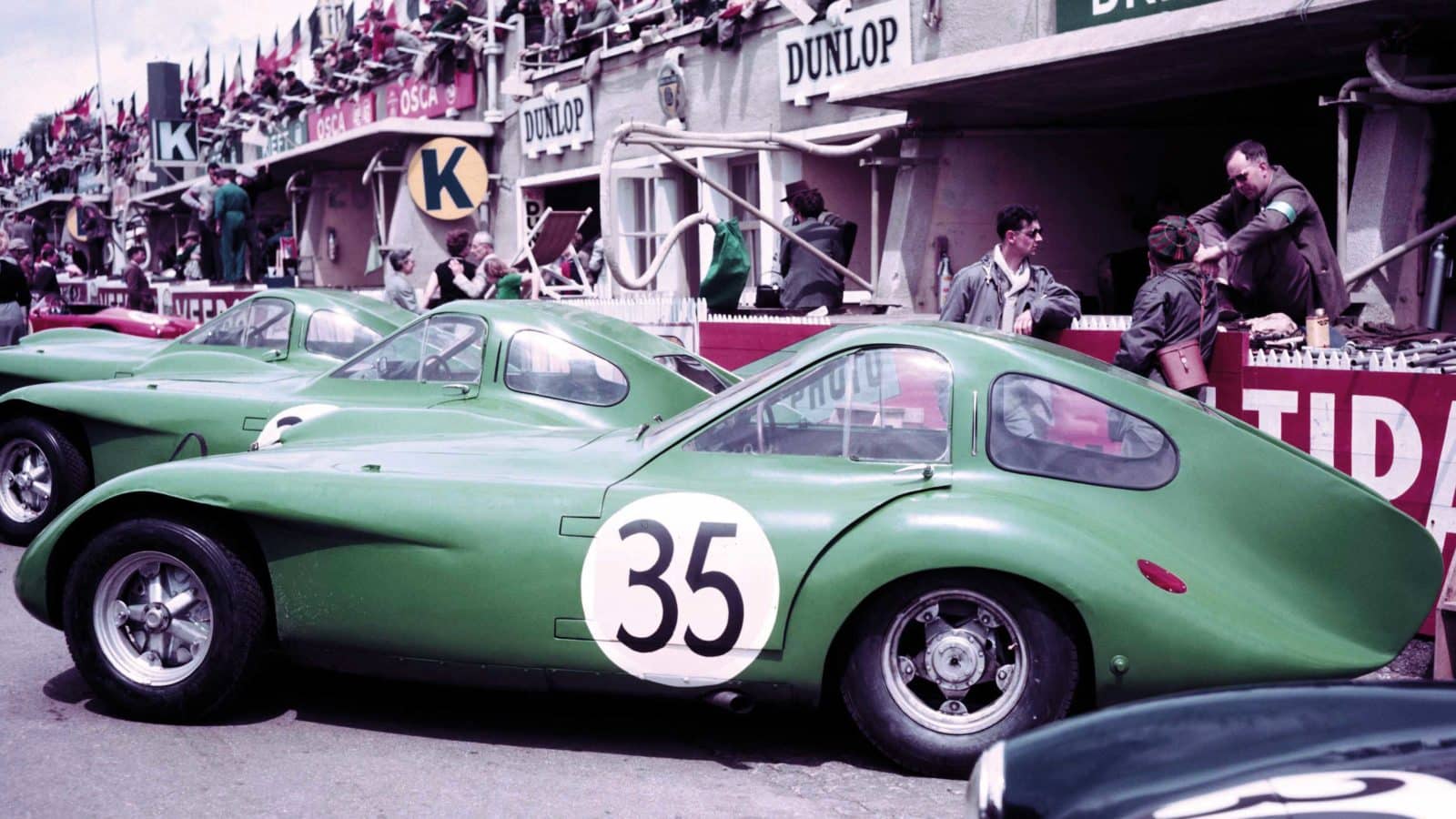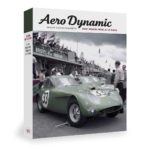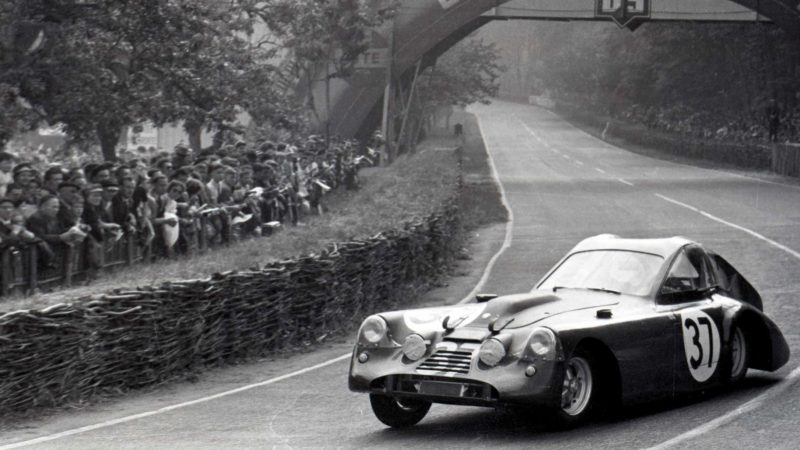When Bristol won Le Mans — Aero Dynamic book review
A lavish publication applauds Bristol’s endurance racers by weighing in big on size and quality, says Gordon Cruickshank

Bristol 450 team at Le Mans in 1954. Despite promise, racing proved too costly a distraction
They’re among the ugliest cars ever to compete at Le Mans but they appear here in one of the most beautiful books I’ve seen. Not only is it vast but many photos run across a complete spread, while the pages themselves are of thick cream paper with large elegant type which makes each page rather beautiful.
Bristol-born motoring journalist Simon Charlesworth depicts the world around the race, referencing everything from Coco Chanel to Perry Como to The Titfield Thunderbolt. But as his interest is primarily aerodynamic, he highlights the streamlined Adler Trumpf and BMWs that ran at Le Mans pre-war and points out the Alfa Romeo that nearly won in 1938 would have been the first closed victor. By 1952, he notes, half of the Le Mans grid carried enclosed bodywork. The combination of small engine and reduced drag was making its mark in the smaller classes.
Then we get to the interwoven stories of AFN, Frazer Nash, BMW and the Bristol Aeroplane Company. Bristol’s 400 showed its aero genes, the belief that streamlining was the way to go, while on track the skimpy Frazer Nash showcased Bristol’s own engine. Meanwhile ERA was coming apart postwar with the unsuccessful E-type racer, a stillborn racing engine and an attempt to build a road car; eventually as ERA folded around its faltering G-type, using the Bristol motor in 1952 as stop-gap power, this intended grand prix racer became the foundation of the aircraft company’s new racing car division – with ambitions for Le Mans. Why should one of the largest aircraft companies in the world go into racing? Charlesworth points to owner Sir George White and keen sales manager Vivian Selby as being racing fans who drove the shift.
 |
Aero Dynamic – When Bristol Won Le Mans Simon Charlesworth Butterfield Press, £475 ISBN 9781999632533 |
Charlesworth clearly knows the inside facts about ERA’s struggles and crisply outlines Bristol’s rush to put a racing team together from zero. Having announced it would contest Le Mans in 1953, it had seven months to turn an F2 single-seater into an endurance racer.
Which brings us to the core of the book and the first tranche of those enormous photos, so compelling to look into, your eye wandering from screwheads the size of pennies to the tweedy crowds at the roadside with their ties and cigarettes. Expanded to this size the early 450 becomes yet uglier, bestrewn with drag-inducing add-ons and filler caps, yet applied to a body designed for smoothest airflow, its narrow cabin sweeping down between twin fins to a chisel tail. Much of this, Charlesworth suggests, is due to the conflict between the aero heritage – finest quality engineering, constant departmental referrals – and the pragmatic decisions of a racing team.
Yet three cars went to La Sarthe, to be crewed by known drivers. Reserve pilot Peter Wilson commented wryly about these pros: “They were not very enthusiastic. They regarded the Bristols as rather noisy little beasts, slightly beneath them. They did not take the thing very seriously.”
Two crashes must have seemed prophetic. Yet at the next two Le Mans races improved and better-looking Bristols took class wins and a seventh overall to vindicate the project.
Yet it would be the department’s last race. Charlesworth debates why it stopped so abruptly. No official reason was stated but he quotes a team member saying, “We realised that we would not stand much chance the following year.” Huge development costs on Bristol’s aircraft made racing look extravagant; the road cars were not returning profit either so the intended road/race overlap wasn’t going to happen. In 1986 Mike Lawrence wrote about the team in this magazine mentioning possible expansion of the race programme and even F1, but then every team has its dreams.

Despite awkward add-ons, a 450 posted new class records in 1953
An apprentice was given the job of chopping up four of the five cars – and, says another worker, was sent to Coventry by everyone even though he was following orders. “Such a criminal act.” One remains, in the possession of a noted Bristol collector.
The Bristol effort is little recalled today, but Charlesworth applauds it for taking back-to-back class wins with a pre-war pushrod engine in the mid ’50s. From time to time he veers off course, debating yet again the causes of the 1955 crash and there’s too much detail about problems with the Britannia plane, but he writes well and has found many of the people involved to give us first-hand quotes, backed by other published accounts. Reserve driver Micky Pople recalls, “The 450 was good to drive but driving around Le Mans was frightening. I was scared to death.”
Two things I missed: so immersed was I in the photos that at first I didn’t notice there were no captions. None. Not even a year. An accompanying letter tells you the aim was “to transport the reader to the races… to experience the morning mist and the spectators, the smell of petrol, oil and the rubber…” Which they do, but still…
Then I didn’t find facts about any aero testing. Charlesworth is so complete about everything else; was there nothing to be found? Still, this is both comprehensive and something of an art piece in itself.
